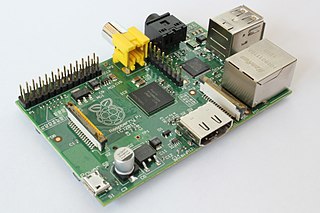Twenty-five years ago, a small band of programmers from the University of Minnesota ruled the internet. And then they didn’t.

The committee meeting where the team first presented the Gopher protocol was a disaster, “literally the worst meeting I’ve ever seen,” says Alberti. “I still remember a woman in pumps jumping up and down and shouting, ‘You can’t do that!’ ”
Among the team’s offenses: Gopher didn’t use a mainframe computer and its server-client setup empowered anyone with a PC, not a central authority. While it did everything the U (University of Minnesota) required and then some, to the committee it felt like a middle finger. “You’re not supposed to have written this!” Alberti says of the group’s reaction. “This is some lark, never do this again!” The Gopher team was forbidden from further work on the protocol.
Read the full article (a good story of Gopher and WWW history!) at https://www.minnpost.com/business/2016/08/rise-and-fall-gopher-protocol



The material is much more interesting. When I discussed a topic later in the term, I found that the students…
Laura Davidson, Teacher